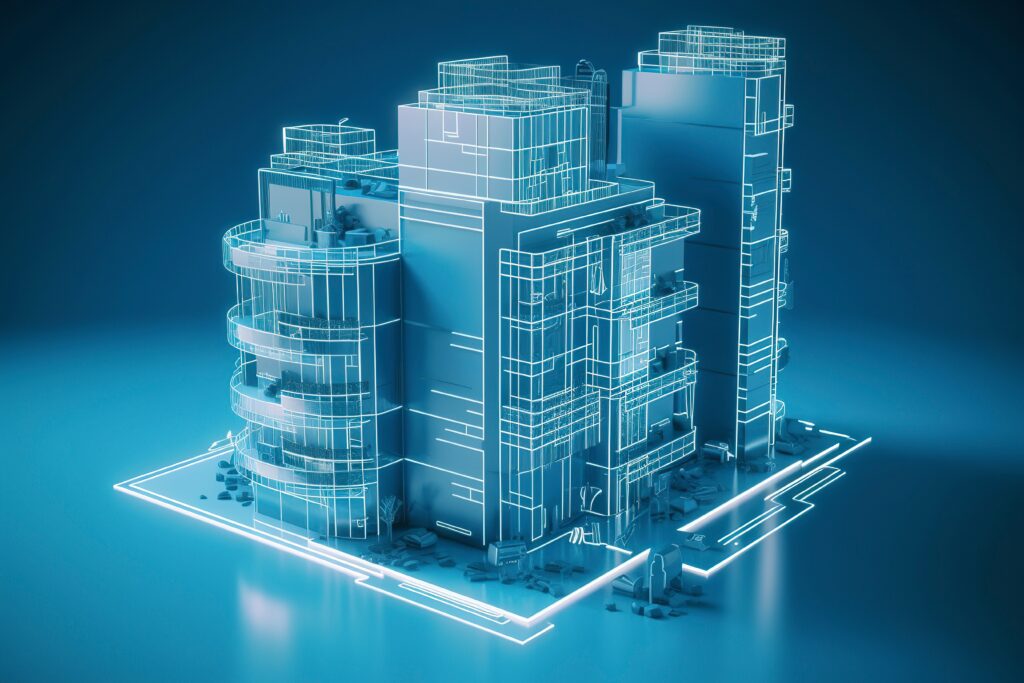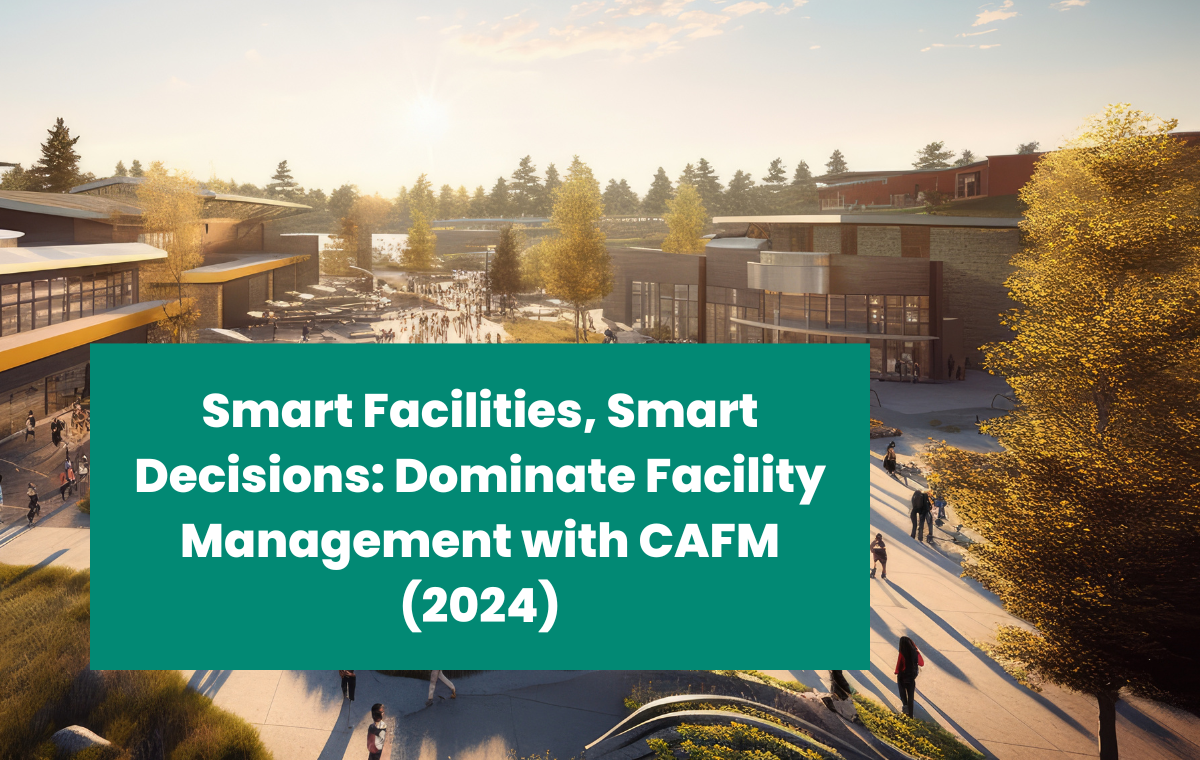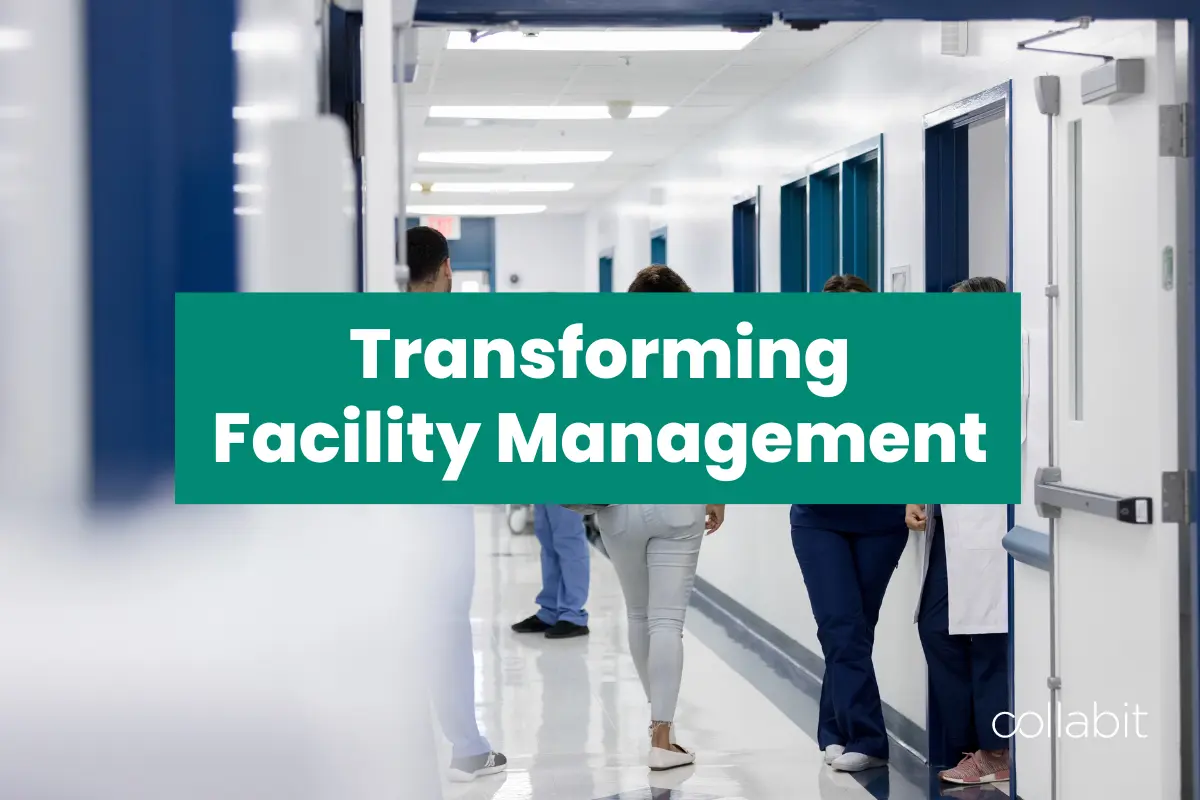
Table of Contents
In today’s digitally innovative landscape, the Internet of Things (IoT) stands out as a game-changer, reshaping our relationship with the interconnected web of devices that surround us—a capability unimaginable just two decades ago.
At its core, the Internet of Things represents a vast network of linked devices and sensors, each equipped with the ability to communicate and exchange data effortlessly. This intricate web of connectivity extends beyond traditional computing devices, incorporating everyday objects, machinery, and infrastructure into a unified digital ecosystem. As we delve into the significance of IoT, it becomes clear that it has the potentially to significantly redefine how we interact with technology.
But what is the essence of IoT, and how does it impact the way we envision the future of digital connectivity? What myriad possibilities does it bring to reshape the way we live, work, and innovate?
The Integration of IoT into Facilities Management
The integration of IoT in facility management represents a ground-breaking advancement that revolutionises the way buildings and spaces are managed. IoT devices and sensors are incorporated into facility management systems, creating a network of interconnected elements designed to enhance efficiency and responsiveness.
These smart devices play a pivotal role in collecting real-time data on various aspects such as occupancy levels, energy consumption, and equipment status. By leveraging this wealth of information, facility managers gain unprecedented insights into the operational dynamics of the space, enabling data-driven decision-making. Its integration into facility management not only optimises resource utilisation but also facilitates predictive maintenance, ensuring that potential issues are identified proactively. This exploration delves into the intricate details of how IoT transforms traditional facility management into a dynamic, data-driven, and technologically advanced ecosystem.
The Impact of IoT in Facility Management
Real-Time Monitoring and Data Collection:
In the realm of facility management, the integration of advanced technologies has ushered in a new era of real-time monitoring and data collection. Without a doubt, one of the key contributors to this transformative shift is the discreet deployment of interconnected sensors and devices throughout facilities. These smart devices operate silently, yet their impact is profound. They continuously collect and transmit data on various facets of facility operations, including energy consumption patterns, the performance metrics of critical equipment, and real-time occupancy levels. This real-time data collection empowers facility managers with up-to-the-minute insights into the dynamic workings of their spaces.
Predictive Maintenance
A standout feature facilitated by this discreet network of sensors is the ability to predict maintenance needs before issues escalate. Traditional maintenance practices often operate on fixed schedules or reactively respond to equipment failures. However, with IoT-enabled predictive maintenance, facility managers can proactively monitor the condition of equipment. By analysing data on factors like usage patterns and performance metrics, IoT systems can predict potential issues, allowing for scheduled maintenance interventions. This not only minimizes downtime but also extends the lifespan of assets, ushering in a new era of efficiency in facility management.
Enhanced Energy Efficiency
IoT’s impact on facility management extends beyond predictive maintenance and real-time monitoring, branching into the realm of energy efficiency. With sensors providing a constant stream of data on energy consumption patterns, facility managers can make informed decisions to optimize resource use. For instance, lighting, heating, and cooling systems can be dynamically adjusted based on real-time occupancy data, reducing unnecessary energy expenditure and contributing to a more sustainable and cost-effective operation.
Occupancy Management
In the modern landscape of flexible workspaces and dynamic facility requirements, efficient occupancy management is crucial. IoT plays a pivotal role in this aspect, offering advanced solutions for tracking and optimizing space utilization. Smart sensors discreetly monitor occupancy levels, providing insights into how spaces are utilized in real time. This information empowers facility managers to make strategic decisions about space layout, ensuring that areas are used optimally and adapting to changing occupancy patterns.
Security and Safety
The integration of IoT in facility management extends its transformative influence to the realms of security and safety. Smart surveillance systems, access control systems, and emergency response mechanisms driven by IoT technologies enhance overall security. These interconnected systems provide real-time data on security situations, enabling swift and targeted responses to potential threats. Access control systems, fortified by IoT, offer sophisticated authentication methods, adding an extra layer of security. In emergencies, IoT-driven response mechanisms can initiate rapid and precise actions, ensuring the safety of occupants.
Cost Reduction and Operational Efficiency
As facility managers navigate the complexities of modern buildings and workplaces, cost reduction and operational efficiency become paramount. The implementation of IoT strategies has been proven to be a game-changer in achieving these goals. By leveraging real-time data insights, facility managers can identify inefficiencies and streamline operational processes. For instance, predictive maintenance reduces the need for emergency repairs, cutting down on associated costs. Optimal energy use, informed by IoT data, contributes to cost reduction and environmental sustainability. Overall, the integration of IoT in facility management represents a strategic move towards a more efficient, data-driven, and cost-effective operational paradigm.
Challenges and Considerations
Implementing IoT in facility management brings forth several challenges that require careful consideration and strategic solutions. One primary challenge is the complexity of integrating diverse IoT devices and sensors into existing facility management systems. This complexity may lead to compatibility issues and difficulties in ensuring seamless communication between different devices. To overcome this, a comprehensive and standardized approach to device integration is essential, focusing on interoperability and data consistency.
Another significant challenge is the potential cybersecurity risks associated with IoT devices. As facilities become more connected, the threat landscape expands, making them susceptible to cyberattacks. Mitigating this risk involves implementing robust cybersecurity measures, including encrypted communication, regular software updates, and secure access controls. Additionally, fostering awareness and training among facility management personnel is crucial to maintaining a vigilant and proactive stance against potential cyber threats.
Scalability is another consideration, especially for growing facilities. The ability of the IoT infrastructure to scale with the evolving needs of the facility is vital. Implementing a scalable architecture from the outset ensures that the system can accommodate additional devices, data, and functionalities as the facility expands, preventing disruptions and unnecessary costs.
Furthermore, the sheer volume of data generated by IoT devices poses challenges related to data storage, processing, and analysis. Effective data management strategies, such as leveraging cloud-based solutions and implementing advanced analytics, are imperative to harness the full potential of the data while maintaining efficiency.
Lastly, the financial investment required for comprehensive IoT implementation is a consideration. Balancing the initial costs with long-term benefits is essential. A phased approach to implementation, starting with key areas that yield immediate returns, allows facilities to gradually incorporate IoT solutions within their budget constraints.
In addressing these challenges and considerations, facility managers can pave the way for a successful and sustainable integration of IoT in facility management, unlocking the transformative potential of this technology.
Future Trends and Innovation
The future of facility management is poised for significant transformations with the continuous evolution of IoT, bringing forth innovative trends that promise to redefine how facilities are managed. One prominent trend is the proliferation of edge computing in IoT systems. Edge computing involves processing data closer to the source, reducing latency and enhancing real-time decision-making. In the context of facility management, this trend ensures quicker responses to data generated by IoT devices, enabling faster and more efficient control over facility operations.
Machine learning and artificial intelligence (AI) integration represent another noteworthy trend. As IoT systems accumulate vast amounts of data, machine learning algorithms can extract valuable insights and patterns, contributing to predictive analytics and proactive decision-making in facility management. AI-driven applications can optimize energy consumption, predict maintenance needs, and enhance overall operational efficiency.
The convergence of IoT with Building Information Modeling (BIM) is also emerging as a transformative trend. By combining IoT data with BIM, facility managers gain a comprehensive digital representation of the facility, allowing for more precise planning, design, and maintenance. This integration fosters a holistic approach to facility management, aligning physical spaces with digital insights.
The rise of 5G connectivity is set to play a pivotal role in advancing IoT capabilities. With faster and more reliable communication, 5G enables a higher density of connected devices, facilitating seamless data exchange. In facility management, this translates to enhanced connectivity, improved device responsiveness, and more efficient data transfer, empowering facilities to operate with increased agility.
Moreover, the concept of Digital Twins is gaining prominence in the IoT landscape. A Digital Twin is a virtual replica of a physical facility, continuously updated with real-time data from IoT sensors. This technology allows facility managers to simulate and analyse different scenarios, enabling more informed decision-making and proactive problem-solving.
In conclusion, the future of facility management holds exciting possibilities with the integration of IoT and the emergence of these innovative trends. Facility managers embracing these advancements can not only enhance operational efficiency but also stay at the forefront of technological innovation, ensuring their facilities are well-equipped to meet the evolving demands of the digital era.
Embracing the Future
In summary, the integration of IoT into facility management brings about transformative changes. The use of IoT devices and sensors allows real-time monitoring, predictive maintenance, and enhanced energy efficiency. Occupancy management and improved security contribute to overall operational efficiency. However, challenges in implementation exist, requiring careful consideration. Looking ahead, emerging trends like edge computing, AI integration, 5G connectivity, and Digital Twins promise to shape the future of facility management. Embracing these innovations will not only improve efficiency but also position facilities to meet the evolving demands of the digital era. In essence, the journey of facility management with IoT is not just about managing spaces; it’s about shaping smart, responsive, and efficient environments.





